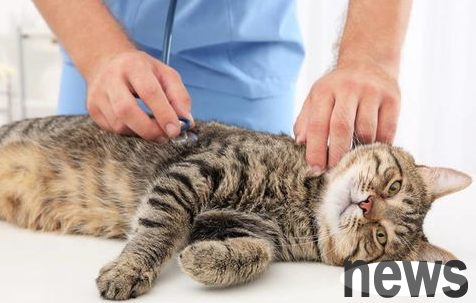What are the symptoms and harms of heartworm disease in pet cats?
Wormosis is caused by canine filariasis, a parasite that enters the body of a pet cat through mosquito bites. In Canada, in low-latitude areas, this parasite is generally more widely distributed. Consult a local veterinarian to know whether it has been affected by the region. Cat heartworm disease is different from sick dogs, so if you have dogs and cats, you must pay attention to these symptoms.

The bites of mosquitoes are the main way to spread cat heartworm disease. The only time that new infections can occur every year is when there are many mosquitoes. The seasons of mosquitoes vary depending on the geographical area, such as in Ontario, which can be from April to November. However, it is worth noting that the password in any region can cause heartworms, which needs attention!
When the mosquito finds the next victim, it will bite and inject a small amount of saliva, and this parasite is small in size and will invade a small wound. From here, it migrates into the body through blood, and once it enters the body, it begins to develop quickly, and then becomes infected to other places. The biggest difference between a dog and a cat is that one or two worms can endanger the life of a cat, and for a dog these worms may not cause such severe symptoms. Once the worms mature, they release microfilariae (next generation larvae) into the bloodstream, which mature and begin their own life cycle. Bugs often enter many tissues in the body, so cats are invaded, and most of these are classified as worm burdens. The most common symptoms of heartworm disease in cats are asthma and chronic vomiting, shortness of breath, cough, decreased activity, mouth opening and discoloration of gums (cyanosis, or blue), and so on.




